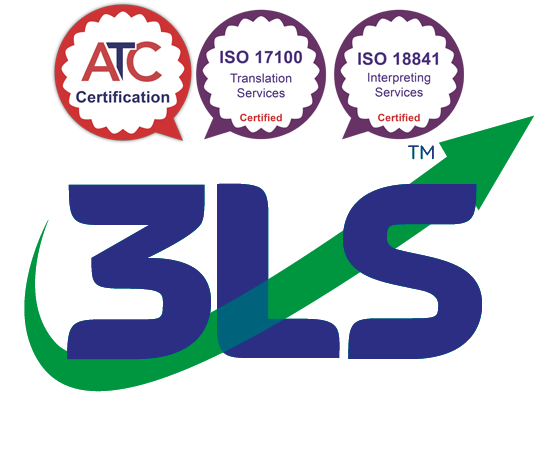For those working in multiple territories and with migrant workers, effective, non-English, health and safety communication can literally be a matter of life and death. Chartered Engineer Mark Everson of Lifeline Language Services considers some of the pitfalls for health and safety practitioners working with foreign workers, and how to avoid them.
Some of the commonest health and safety translation fails are these – so for everyone’s safety and wellbeing, avoid them!
#1: “We make sure our workers speak the language, so they’re OK.” A worker may have enough language to get hired, but that doesn’t guarantee having enough to understand safety instructions. Establish what languages are really spoken on site and ensure health and safety information is translated into these so it can be properly understood.
#2: “We’ve translated everything so we’re sorted”. Translated manuals and posters only work if you can read them. Many migrant workers’ reading skills badly lag their spoken language. Don’t rely solely on written instruction.
#3: “That’s why we do face-to-face sessions – it’s spoken so it works.” Are you sure? Remember #1 – having enough local language to get hired doesn’t guarantee having enough to understand safety instructions. Just because a worker nods and signs an attendance sheet is not significant indication that they have fully understood the health and safety instructions. If you have the right employees in your workforce, the best approach is to “train the trainer”. That means to train competent employees who speak the required language to deliver training in that language.
If you can’t do that then interpreting your training is the next best thing, delivering the message accurately and supporting Q&A. But DO use a professional interpreter, sourced from a reputable provider – “bilingual” amateurs make mistakes and/or omit content. Using web-conferencing can allow interpreted training to reach more than one audience too.
However, interpreting gets expensive with high workforce churn. A cheaper option is multilingual video – it’s a one-off cost and a way to reach multiple sites easily and consistently, but as it’s one-way it’s best for simpler risk environments. Video your training sessions then get a good language provider to voice-over in the languages, for either DVD or webstreaming distribution.
#4: “Acronyms make a great campaign focus” Do they? Acronyms can help but may not be the best thing to build a campaign around for foreign language use. Always check the acronym doesn’t have – let’s say, an “unwanted” meaning in the languages you’re dealing with – and remember that clever acronym wordplay probably won’t translate.
#5: “We’re one company, we’re all trained the same” The surest way to turn off your audience is to insult them so take into account cultural differences and make sure your training materials and presentation are appropriate to the audience. That’s truer than ever these days – it’s too easy to be “favourited” or tweeted for all the wrong reasons!
